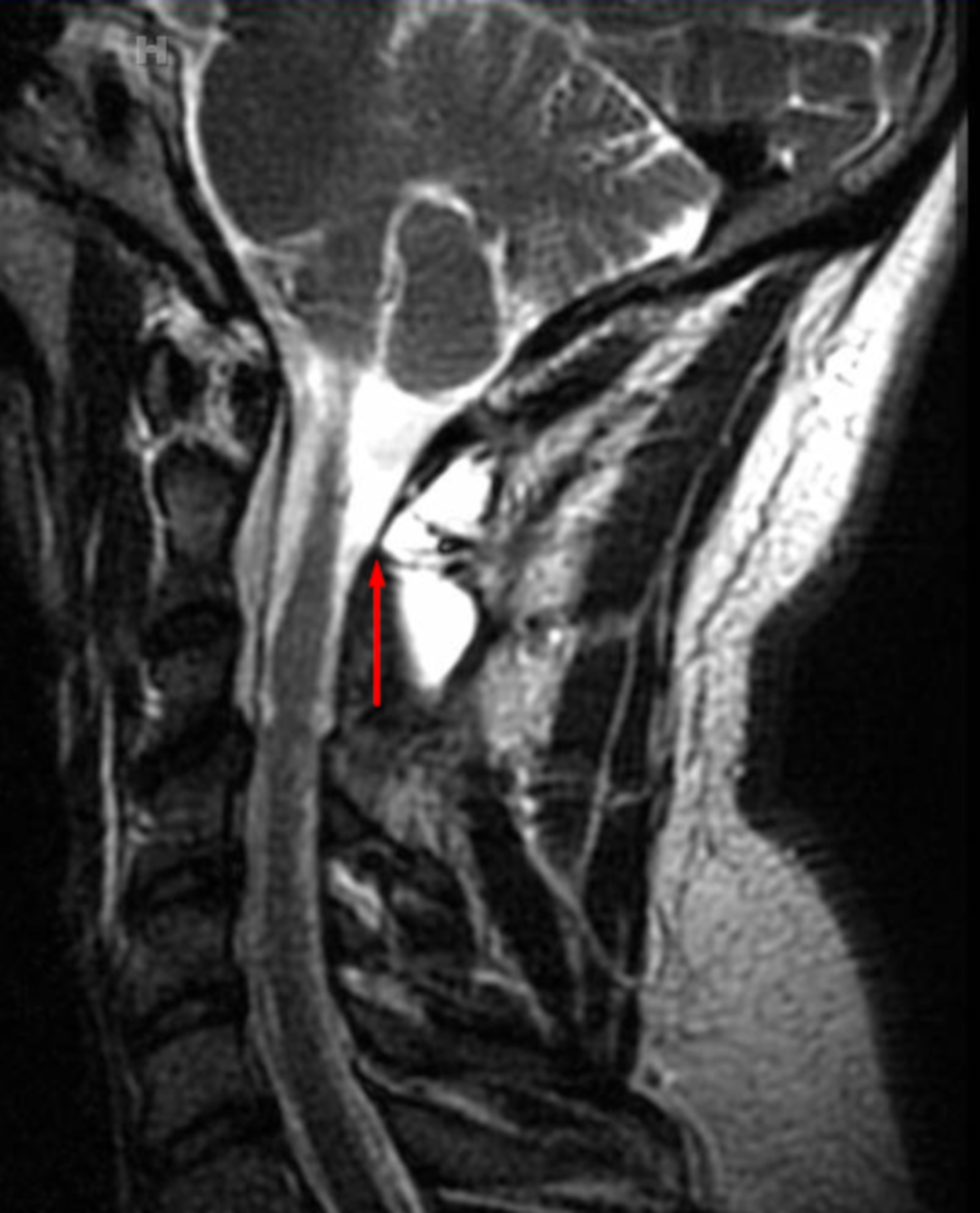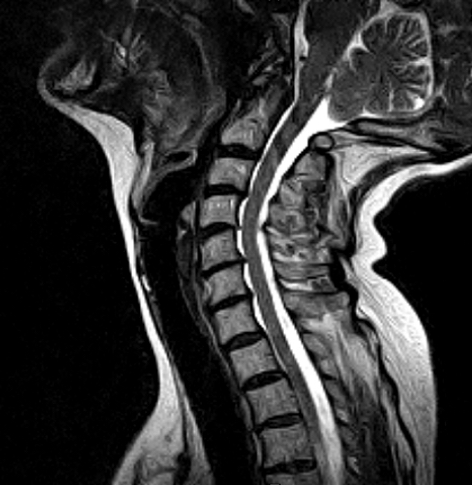

suspected complications of spinal surgery.congenital spinal malformations and spinal dysraphism.spinal infections such as spondylodiscitis, vertebral osteomyelitis, spinal epidural abscess etc.spinal tumors and/or vertebral metastasis.spinal trauma, suspected cervical spine fractures, spinal epidural hematoma.Your doctor will recommend a specific surgery approach based on your situation.

These surgeries can be performed from the back of the neck (posteriorly) or from the front of the neck (anteriorly). Others may benefit from spine decompression surgery with spinal fusion, which is meant to stabilize the spine after herniated discs, bone spurs or ossified ligaments are fully or partially removed. Widening of the spinal canal (laminoplasty) can be a good motion-sparing option for some patients. There are a few surgical procedures your doctor may recommend for treating cervical myelopathy. However, to eliminate the compression of the spinal cord and prevent worsening of the condition, surgery is often necessary. There are some nonsurgical options for relieving cervical myelopathy symptoms, including physical therapy and a cervical collar brace. To diagnose cervical myelopathy, your doctor may:Ĭonduct a physical examination and measure your muscle strength and reflexes.Ĭonduct further tests, including an MRI scan, an X-ray or a CT myelogram of your neck.Ĭonduct electrical tests to measure how well the nerves in your arms and hands communicate with your brain through the spinal cord. However, cervical myelopathy symptoms are not unique to this condition and are often mistaken for “normal” signs of aging. The earlier cervical myelopathy is diagnosed, the more successful the treatment is expected to be. Whiplash injury or other cervical spine trauma Other causes of cervical myelopathy may include: The neck portion of the spine is the most common location for OPLL ossification. As the ligament becomes thicker, it starts taking up more space and putting pressure on the spinal cord, which leads to myelopathy. This means that the soft tissue that connects the bones of the spinal column becomes less flexible and slowly turns into bone (ossification). The ossification of posterior longitudinal ligament (OPLL) is more common. Talk to your doctor if you are suffering from persistent neck pain.īesides the gradual wear and tear of the spine, cervical myelopathy can also be caused by the ossification (hardening) of the ligaments surrounding the spinal cord, such as posterior longitudinal ligament and ligamentum flavum. The cause of your neck pain could be muscular rather than neurological. Some patients with this condition don’t have any neck pain at all. Many people experience neck pain, but not all neck pain can be traced back to cervical myelopathy. Is neck pain a sure sign of cervical myelopathy? Numbness or tingling in the arms and handsĬlumsiness and poor coordination of the handsĭifficulty handling small objects, like pens or coins Other cervical myelopathy symptoms may include: Cervical myelopathy produces two types of symptoms: the ones you may feel in the neck, and the ones appearing elsewhere in the body at or below the compressed area of the spinal cord.Īs the disease progresses, one may experience shooting pain that originates in the neck and travels down the spine.


 0 kommentar(er)
0 kommentar(er)
